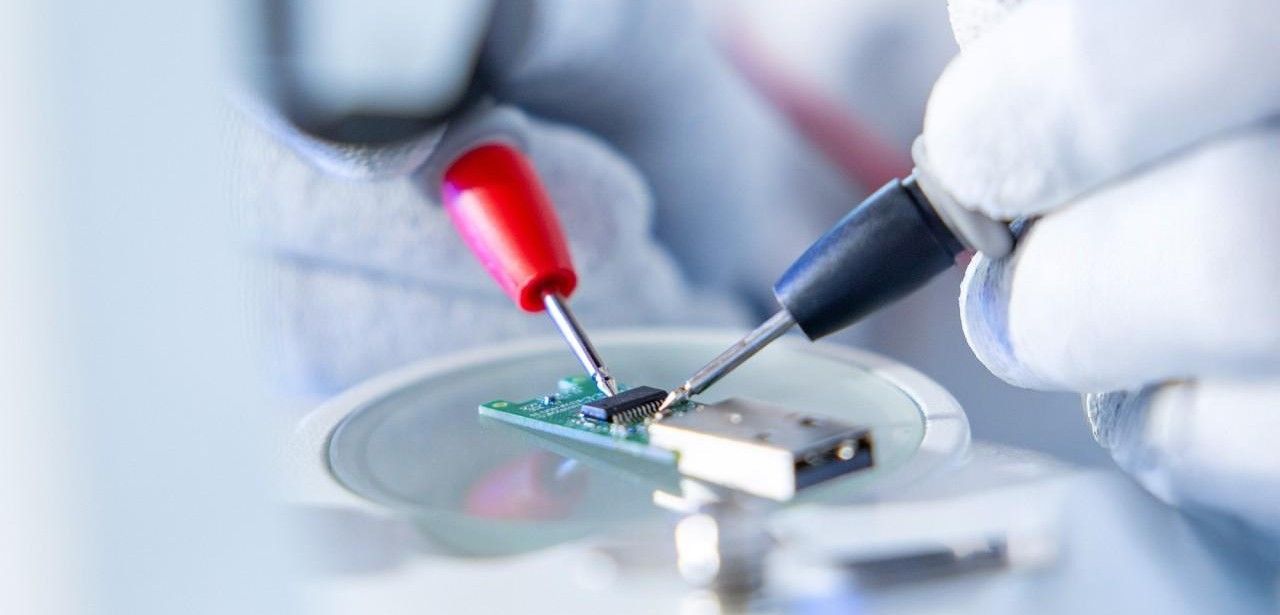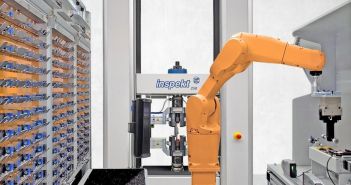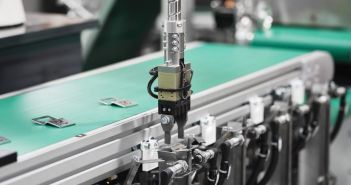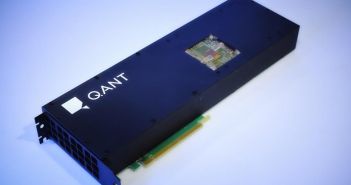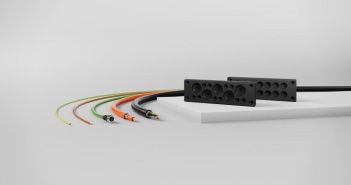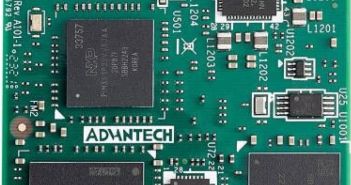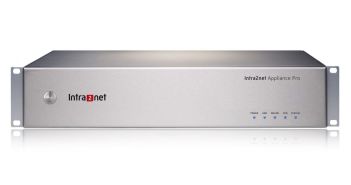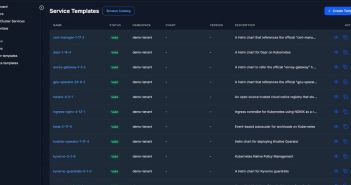After a collision in Lower Saxony, essential dashcam footage on a FAT32 USB stick from a Tesla Model 3 was erased despite Sentry Mode being active. Conventional recovery tools like Disk Drill failed to recover usable data. DATA REVERSE(R) specialists conducted a bit-for-bit laboratory reconstruction, recovering fragmented MP4 files. They delivered time-stamped forensic videos that accelerated the insurance claim process and highlighted the extensive capabilities of advanced data recovery methodologies.
Table of Contents: What awaits you in this article
Tesla Model 3 Dashcam Erases Footage Unless Manually Preserved
The Tesla Model 3 dashcam continuously records to a one-hour circular buffer, automatically and discarding older footage when storage reaches capacity. Unless a user preserves clips via the dashcam icon or the “On Honk? trigger, recordings are deleted. In a notable insurance investigation, the relevant collision sequence was absent from both “RecentClips? and “SentryClips? directories. Recovery tools such as Disk Drill and Stellar Photo Recovery only retrieved fragmented, unusable data.
Secure USB Submission Promises Over Ninety Percent Recovery Rate
The compromised USB drive was carefully packaged and shipped to DATA REVERSE(R)s expert laboratory, where it underwent an initial no-cost diagnostic evaluation. Upon approval, specialists initiated a comprehensive, multi-tiered forensic recovery regimen. DATA REVERSE(R) assures clients of better than ninety percent restoration prospects provided the media arrive in a timely manner. Technicians employ advanced bit-level analysis, reconstructing deleted files with precision that exceeds the capabilities of conventional data recovery software.
Utilizing a bit-by-bit deep scan of FAT32 storage, forensic analysts extract raw data structures beyond directory pointers. They identify and reassemble fragmented MP4 segments by examining block allocation tables and header signatures. This meticulous approach fully unifies concealed video fragments into a continuous timeline capturing every collision detail. The reconstructed footage provides unaltered timestamps, detailed environmental context, and vehicle dynamics, delivering a complete and reliable depiction of the accident sequence.
Teslas Dashcam relies on FAT32, which only removes directory pointers when clips are deleted, leaving original data blocks intact. DATA REVERSE(R) addresses this by performing raw data deep scans, recovering fragmentary MP4 files via advanced block structure analysis. By parsing partially overwritten sectors, they extract accurate timestamps, environmental context and vehicle dynamics. This method enabled experts to reconstruct every critical frame of the collision, delivering a fully continuous accident reconstruction.
Use 64GB FAT32 USB stick for Tesla dashcam backup
Technical Director Lars Müller at DATA REVERSE(R) recommends that Tesla owners employ a USB storage device with a minimum capacity of 64 gigabytes formatted as FAT32 to capture dashcam footage. Important event recordings should be immediately secured using the vehicles Dashcam icon or the “On Honk” feature. If data loss is suspected, remove the drive promptly and avoid further recordings. Specialized bit-level recovery often retrieves more data than conventional tools.
Securely Downloadable MP4 and Forensic Report Expedite Insurance Claim
After data regeneration, the specialist team at DATA REVERSE(R) delivered a playable MP4 to the client via an encrypted link. They concurrently provided a structured forensic dossier optimized for immediate insurer use. Bypassing testimonial interviews and external evidence gathering, this approach offers a clear, direct depiction of the incident. The unified package accelerates investigation timelines, preserves evidentiary authenticity, and provides decisive, irrefutable proof to expedite accurate liability resolution in dispute.
Dashcam footage serves as an impartial record of traffic incidents and influences liability determinations and insurance outcomes. Because circular buffers risk overwriting critical clips, drivers must implement redundant backup measures such as parallel USB devices or cloud uploads. In the event of data loss, specialized recovery techniques using bit-level forensic analysis can restore deleted segments. This proactive redundancy combined with emergency retrieval guarantees verifiable evidence is preserved for legal review.
This case highlights the inherent unreliability of vehicle camera ring buffers, which often overwrite critical footage without warning. In legal disputes or insurance claims, dashcam recordings frequently represent the only impartial evidence of events. To prevent data loss, drivers should implement redundant backup solutions, such as automatically and regularly uploading clips to cloud storage. Additionally, professional data recovery services can restore overwritten segments and preserve evidential integrity beyond standard tools.
Forensic bit recovery by DATA REVERSE retrieves dashcam footage
DATA REVERSE(R)s recovery showcases how specialized forensic technology preserves crucial evidence and simplifies insurance claim resolution. Utilizing bit-level scans, detailed procedures, and advanced reconstruction of fragmented MP4 dashcam files, experts retrieve footage thought permanently lost. This case demonstrates the advantages of modern recovery methods, validates the importance of redundant backup schemes, and provides data recovery professionals and enthusiasts with clear insight into the capabilities enabled by comprehensive, detailed laboratory analysis.


